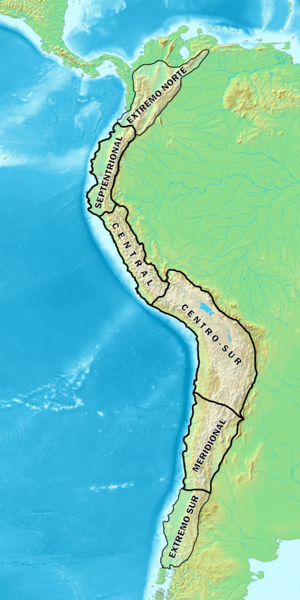 The US State Department's 2012 International Narcotics Control Strategy report contains harsh words for Peru, lamenting the country's "slow advance" in coca leaf eradication. The report says the country has 53,000 hectares under coca cultivation. Colombia has 100,000 hectares—but Peru's total has increased in recent years, while Colombia's has dropped. (Although Peru has challenged these claims.) The report calls out Peru's Customs Service, Coast Guard, Port Authority and Public Ministry as blocking progress in the anti-narcotics struggle. State Department analyst Pedro Yaranga told Lima's La Republica that "there does not exist a decision to attack the coca source areas [cuencas cocaleras]." He particularly named the Upper Huallaga Valley and Apurímac-Ene River Valley (VRAE).
The US State Department's 2012 International Narcotics Control Strategy report contains harsh words for Peru, lamenting the country's "slow advance" in coca leaf eradication. The report says the country has 53,000 hectares under coca cultivation. Colombia has 100,000 hectares—but Peru's total has increased in recent years, while Colombia's has dropped. (Although Peru has challenged these claims.) The report calls out Peru's Customs Service, Coast Guard, Port Authority and Public Ministry as blocking progress in the anti-narcotics struggle. State Department analyst Pedro Yaranga told Lima's La Republica that "there does not exist a decision to attack the coca source areas [cuencas cocaleras]." He particularly named the Upper Huallaga Valley and Apurímac-Ene River Valley (VRAE).
As the report was released, Bolivia’s President Evo Morales admonished the meeting of the UN Office on Drugs and Crime (UNODC) in Vienna for continuing to ban the coca leaf. Actually brandishing a coca leaf before the august body, Morales said there was no data to show that the coca leaf has adverse effects on human beings. Said Morales: "I call upon you to correct, to repair an error that has gone on for more than 50 years. Because it is only just to recognize legal consumption of coca leaf chewing." He plugged products such as coca marmalade, as well as the more traditional coca tea.
Morales, who withdrew Bolivia from the Single Convention treaty last year in protest of the coca ban, urged that his country be readmitted to the convention with an opt-out for coca. Some 40,000 Bolivians participated in nationwide public coca chew-in or akulliku in support of their president's stance. (In 2009, Morales actually chewed coca leaf before the Vienna meeting.)
Morales has raised the area for legal coca cultivation from 12,000 hectares to 20,000. The UN says most coca in Bolivia (31,000 hectares in total) is turned into cocaine for export—mainly to Brazil, where the cities are suffering a crack epidemic. After Morales expelled the US Drug Enforcement Administration, Brazil’s federal police have stepped up joint anti-drug operations in Bolivia. (The Economist, March 17; BBC News, Los Tiempos, Cochabamba, March 12)
Graphic: Wikipedia







Recent comments
1 week 3 days ago
5 weeks 3 days ago
6 weeks 2 days ago
16 weeks 2 days ago
20 weeks 2 days ago
21 weeks 2 days ago
21 weeks 3 days ago
42 weeks 3 days ago
46 weeks 4 days ago
48 weeks 1 day ago